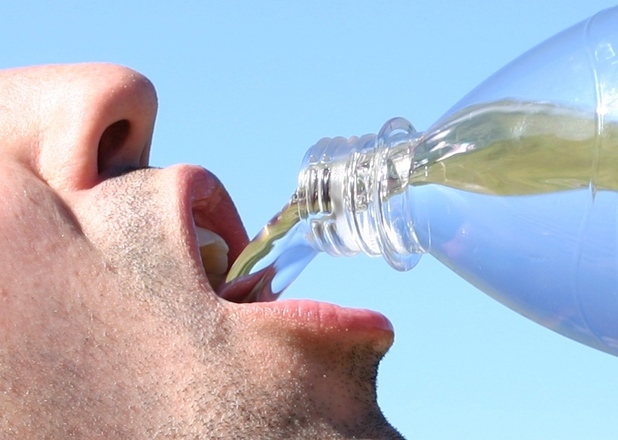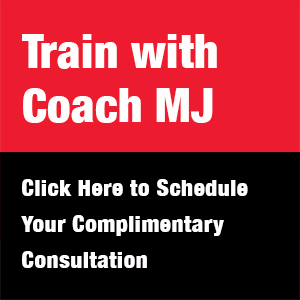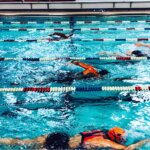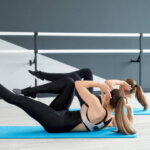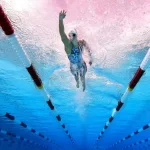You’ve spent lots of time on your training, but have you thought much about your nutrition and how you’re going to fuel your body for the race that you’re working so hard for? The nutrition during training isn’t the important part that I want to focus on today. During training you should just eat a healthy diet so that you can train well and recover well. You don’t really need to do anything fancy.
During training
When you are doing long training sets – 75 minutes or longer – that is when you should refuel your body. Not only to train your body to tolerate important nutrition, but also to learn how to consume fuel while moving. You should obviously be rehydrating, but also be refueling with carbohydrates. If you’re training shorter distances you don’t need the carbs – only the electrolytes and hydration.
Within the first 30 minutes after a workout, have a snack or meal with protein to repair your muscles and carbohydrates to replenish your energy. Some great ideas include a banana with peanut butter, a yogurt protein smoothie with fruit, or some cheese and raisins.
Fueling before a race
This is the tricky part – what to eat the day before the race. Yes you should load up on carbs – but it should be just add a couple hundred calories each day for a few days (or up to a week for a longer race) before the race. The day before the race, you can load up for breakfast, then taper off the volume of food you have during the rest of the day. Lunch should be light, low fiber and low fat – such as soup and sandwich – to minimize GI issues. Dinner can be a potato or rice with chicken or fish and a small romaine salad (avoid high fiber vegetables)
You should have a plan for breakfast the morning of the race. During training, you should practice eating what you plan to eat the morning before your race leaving nothing to chance n race day. Have some type of carbs with a protein and fruit. Your total breakfast should probably be between 300 and 400 calories.
Fueling during the race is most important
As a general rule, target between 200-275 calories per hour. This is going to be a little different for everyone, depending on weight, the intensity of your event and your own body’s tolerance. It’s impossible to eat or drink during the swim portion of the race; and while you’re running it’s very difficult to take in solid foods; so the majority of your fueling needs to be done on the bike. But keep it simple. A good tip is to set your watch at 15 minute intervals to remind yourself to eat and drink regularly. Every time the watch beeps, it’s time to fuel up.
Of course you should never try new foods during a race, and you should stick with high-calorie, easy-to-digest foods such as energy bars or gels. But don’t hesitate to bring high-calorie, easy-to-eat snacks as peanut butter and jelly sandwiches or some protein- and sugar-packed cookies such as Fig Newtons.
During the run portion of the race, gels are the easiest to consume, though there are options like chews for those of you that cannot tolerate gels. Make sure when you take a gel, that you are near a water station so you can wash the gel down.
Fueling after the race is also important!
The first 30 minutes after your event (or even a hard workout) is critical. Your muscles are like a sponge and during this time, so it’s important to take in calories that will begin the repair process. Ideally, you want to take in something with a 4:1 carbs to protein ration. A good example of this is low-fat chocolate milk. Next, evaluate how you feel. If you’re dehydrated get some electrolytes in you along with some fruit and other fluids. If your blood sugars are low, drink some soda to elevate them quickly. If you feel great, then eat normally and treat yourself for a job well done!
If you would like help training for your next triathlon, or to learn more about fueling for your triathlon, contact me today! I’ll help you get on your way!

